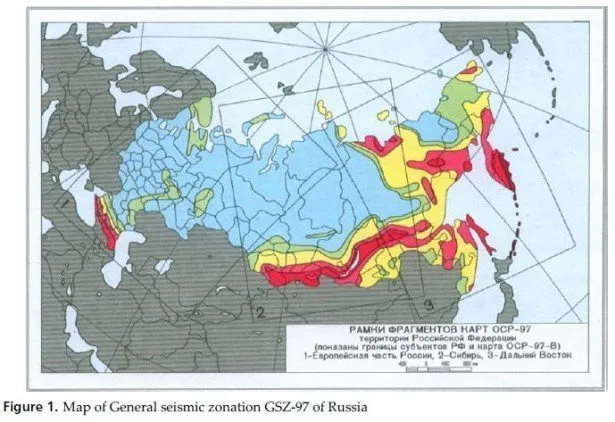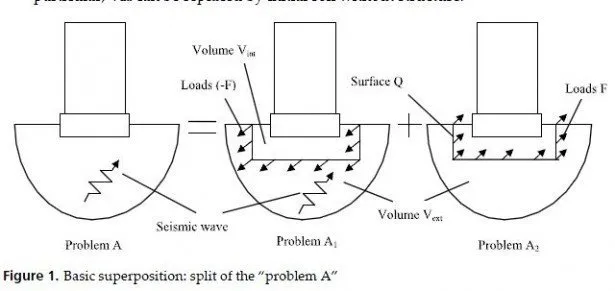As an example, the assessment of seismic hazard, lets consider some estimations on the DSZ level in the territory of North Ossetia (Zaalishvili & Rogozhin, 2011).
On the basis of an analysis of methods for identification of PSS zones was elected out of regional seismotektonic method to objectively identify the sejsmogenic sources. Despite some shortcomings, the entire method is characterized by the quantitative indicators and has strong decision-making apparatus. The method has been used by prof. E.A. Rogozhin in North Ossetia when solving various scientific tasks. In addition, using this method some similar tasks were solved not only for Russian but also overseas territories (Israel, Italy etc.) (Rogozhin, 1997, 2007; Rogozhin et al., 2001; Rogozhin et al., 2008). At the same time, this does not preclude obtaining reliable results and other known methods.
The methodology used in most probabilistic seismic hazard analysis was first defined by Cornell and as usually accepted it consists of four steps (Reiter 1990, Kramer 1996): 1. Definition of earthquake source zones (SSZ), 2. Definition of recurrence characteristics for each source, 3. Estimation of earthquake effect and 4. Determination of hazard at the site.
The probabilistic hazard maps for the territory of under study was compiled and we shell describe in brief this works according to the above noted steps.



